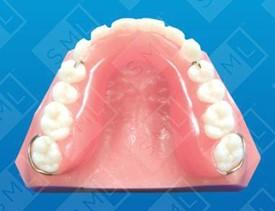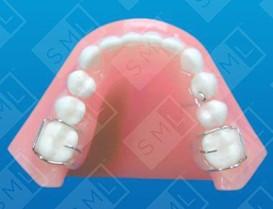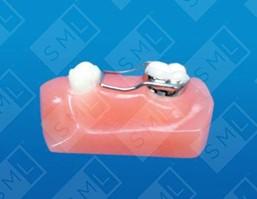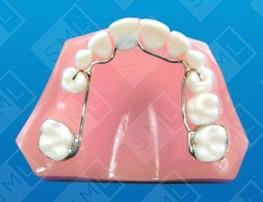RECESSION-PROOFING YOUR PRACTICE: Realities & Remedies
Appliance Therapy and the Use of Interim Appliances
Let’s begin by talking about a word on everyone’s hot list these days: Recession. Whether we all end up in an actual recession down the line or experience some level of discomfort as a result of recession-related conditions that are in existence already, this is a vital, viable concern for all dental practitioners.
As a practicing dentist, I have always held to a three-pronged approach to mindful, successful dentistry, regardless of outside influences.
- Provide the best care for your patient. This means creating a comprehensive treatment plan. It also means creating a method to accomplish that plan: one that allows you to do your part in helping the patient get and stay healthy. Everything flows from this. I consider it a matter of ethical integrity.
- Devise an individual treatment approach that will end up being the most economical plan over the patient’s lifetime – regardless of each patient’s particular financial constraints. The ultimate goal: get each patient to the point where they only have to go to the dentist for regular oral maintenance – periodic exams, cleanings and x-rays.
- Secure a fair living for yourself and your staff. The definition of “fair” is largely subjective, of course, but does invite self-assessment.
That’s the goal -- the foundational model of what I think should be every dental practitioner’s S.O.P.
So what happens when REAL LIFE impacts this model? Let’s say someone needs two or more implants, but simply cannot afford them. The adjusted goal is to keep the patient functional and healthy until the necessary advanced work can be done.
Let’s be clear. I am not talking about patchwork dentistry. However, if a patient is unable to function in the outside world without embarrassment or fear -- or physically unable to chew, eat, speak or swallow comfortably -- something needs to be done to address those conditions. If the patient can’t get a job or sustain a public presence, how are they going to pay for the dentistry they need to function?
How are you, the dentist, going to provide the best care when the patient can’t afford it…or isn’t healthy enough to ensure an optimal outcome…or simply doesn’t want to begin treatment right away due to other conditions or concerns? And how are you going to keep your practice ethical and operational and financially solvent?
The key is to keep your patients functional and as healthy as possible until they ARE ready.
Traditionally, a standard temporary partial is made for those patients who have had teeth extracted or lost teeth or are about to get implants and need a temporary appliance for six months while the implants are integrating.
Upper and Lower Temporary Partials
Unfortunately, temporary partials tend to fail a good portion of the time because they’re bulky, uncomfortable, cover the palate like a regular retainer, and they adversely affect speech, swallowing, and taste. But it doesn’t have to be that way.
Consider This: There are other kinds of appliances that people just don’t think to use for ensuring functionality while anticipating further treatment…and some of them are simple variations of a standard space maintainer.
Space Maintainer
Space maintainers are not just for kids. When properly designed, a simple space maintainer can be an excellent, certainly adequate way to maintain missing posterior teeth and ensure function when an adult patient can’t afford to do a traditional bridge or implant. Minimal tooth prep is required…and the device can be designed to be bonded without a band. Such inexpensive interim appliances could last for months until further treatment becomes economically (or medically) feasi
Banded Bonded Interim Splint Fixed Banded Anterior Bridge
Essix Temporary Partial Temporary Maryland Bridge
Last Word: Transitioning patients via a simple space maintainer or interim bridge can put your patient in the best position to achieve the best care possible in their situation -- maintaining optimum oral health and functionality until such time as more advanced procedures can be undertaken.
WANT TO KNOW MORE?
VISIT OUR WEBSITE: www.SMLglobal.com











